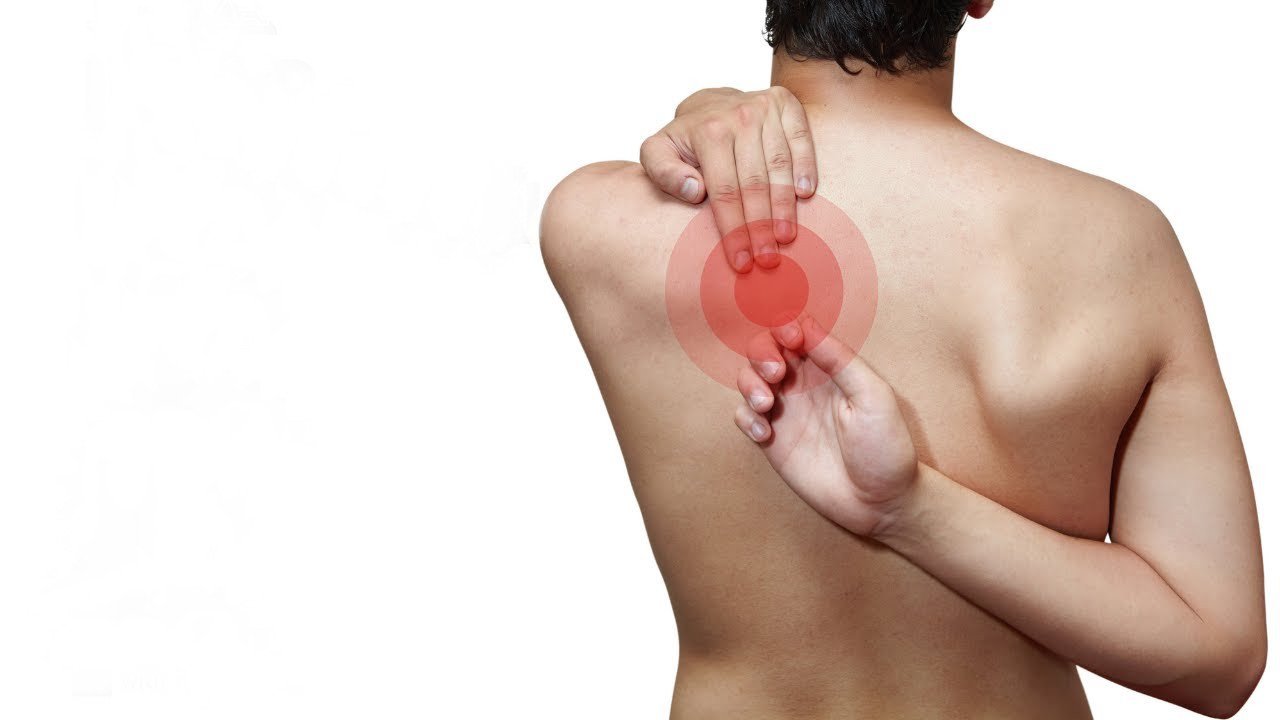Neck pain and shingles. Shingles on Back of Neck: Symptoms, Treatment, and Prevention
What are the key symptoms of shingles on the back of the neck. How is shingles on the neck diagnosed and treated. Can shingles on the neck be prevented. What complications can arise from shingles on the neck.
Understanding Shingles: Causes and Risk Factors
Shingles is a viral infection caused by the reactivation of the varicella-zoster virus, the same virus responsible for chickenpox. While it commonly affects the torso, shingles can develop anywhere on the body, including the back of the neck. But what exactly triggers this painful condition?
The primary cause of shingles is the reactivation of the dormant varicella-zoster virus in individuals who have previously had chickenpox. After recovering from chickenpox, the virus remains inactive in nerve tissue near the spinal cord and brain. Years later, it may reactivate, causing shingles.
Several risk factors increase the likelihood of developing shingles:
- Age: The risk increases as you get older, especially after 50
- Weakened immune system: Conditions like HIV/AIDS or cancer can make you more susceptible
- Certain medications: Drugs that suppress the immune system, such as those used after organ transplants
- Stress: High levels of stress can weaken the immune system
- Recent illness or surgery: These can temporarily weaken your body’s defenses
Is it possible to develop shingles if you’ve never had chickenpox? While rare, it is possible to get shingles without a prior chickenpox infection. This typically occurs in people who received the chickenpox vaccine, which contains a weakened live virus that can reactivate later in life.

Recognizing Shingles Symptoms on the Back of the Neck
Identifying shingles on the back of the neck can be challenging, especially in its early stages. However, recognizing the symptoms promptly is crucial for timely treatment and prevention of complications. What are the telltale signs of shingles on the neck?
Early Warning Signs
Before the characteristic rash appears, you may experience:
- Tingling or burning sensation in a specific area of the neck
- Sensitivity to touch
- Mild to moderate pain in the affected area
- Occasional itching or numbness
These symptoms typically occur 1-5 days before the rash becomes visible.
Visual Symptoms
As the condition progresses, visual symptoms emerge:
- A red, inflamed stripe or band on one side of the neck
- Small, fluid-filled blisters that eventually crust over
- Rash may appear pink or red on lighter skin tones, and purple or brown on darker skin tones
Associated Symptoms
Alongside the rash, you may experience:
- Fever and chills
- Fatigue
- Headache
- Sensitivity to light
- Upset stomach
Do shingles symptoms always follow this pattern? While these are common symptoms, it’s important to note that shingles can present differently in each individual. Some people may experience severe pain with minimal rash, while others might have a prominent rash with little discomfort.
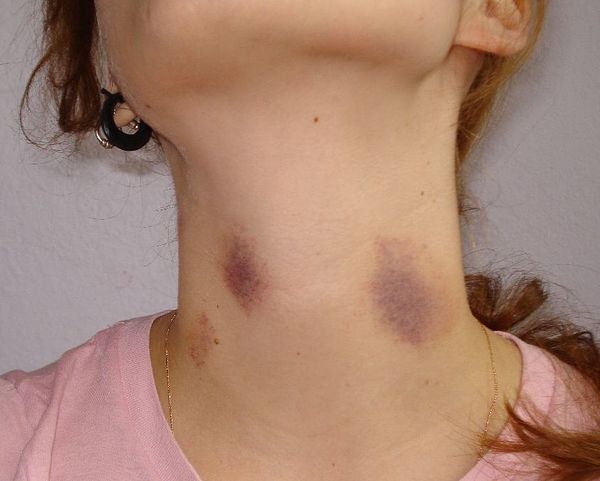
Differentiating Shingles from Other Neck Rashes
Distinguishing shingles from other skin conditions affecting the neck is crucial for proper treatment. How can you tell if a neck rash is shingles or something else?
Key characteristics of shingles that set it apart include:
- Unilateral presentation: Typically affects only one side of the body
- Dermatomal distribution: Follows the path of specific nerves
- Intense pain or burning sensation preceding or accompanying the rash
- Blistering rash that crusts over time
Other conditions that may mimic shingles on the neck include:
- Contact dermatitis: Caused by allergens or irritants, usually less painful and more widespread
- Cellulitis: A bacterial skin infection that causes redness, swelling, and warmth
- Herpes simplex: Causes clusters of small, painful blisters but typically affects the mouth or genitals
- Eczema: Causes dry, itchy, and inflamed skin but is usually chronic and less localized
- Insect bites: May cause localized redness and itching but lack the characteristic pain of shingles
When in doubt, consult a healthcare professional for an accurate diagnosis.

Diagnosis and Medical Evaluation of Neck Shingles
Proper diagnosis of shingles on the back of the neck is essential for effective treatment. How do healthcare providers diagnose this condition?
Clinical Examination
The primary method of diagnosis is a thorough clinical examination. A healthcare provider will:
- Assess the appearance and distribution of the rash
- Inquire about associated symptoms and their onset
- Review your medical history, including past chickenpox infection or vaccination
Laboratory Tests
In some cases, additional tests may be necessary:
- Tzanck smear: A scraping of skin cells examined under a microscope
- PCR test: Detects the virus’s DNA in fluid from the blisters
- Antibody test: Checks for antibodies against the varicella-zoster virus
Is it always necessary to perform these tests for diagnosing shingles? Not always. In many cases, the characteristic appearance of the rash and associated symptoms are sufficient for diagnosis. However, tests may be conducted in atypical presentations or when the diagnosis is uncertain.

Treatment Options for Shingles on the Back of the Neck
Effective treatment of shingles on the back of the neck involves a multi-faceted approach. What are the primary treatment options available?
Antiviral Medications
The cornerstone of shingles treatment is antiviral medication. These drugs help:
- Shorten the duration of the outbreak
- Reduce the severity of symptoms
- Lower the risk of complications
Commonly prescribed antivirals include:
- Acyclovir: Typically 800 mg, five times daily for 7-10 days
- Valacyclovir: Usually 1000 mg, three times daily for 7 days
- Famciclovir: Generally 500 mg, three times daily for 7 days
For optimal effectiveness, antiviral treatment should begin within 72 hours of rash onset.
Pain Management
Managing pain associated with shingles is crucial. Options include:
- Over-the-counter pain relievers: Acetaminophen or ibuprofen
- Prescription pain medications: For severe pain, opioids may be prescribed
- Topical treatments: Lidocaine patches or capsaicin cream
- Nerve blocks: Injections to numb the affected nerves
Supportive Care
Additional measures to alleviate symptoms and promote healing include:

- Cool compresses: To soothe the rash and reduce inflammation
- Calamine lotion: To relieve itching
- Colloidal oatmeal baths: To soothe skin and reduce itching
- Loose, comfortable clothing: To avoid irritating the affected area
How long does it typically take for shingles on the neck to heal with treatment? While individual recovery times vary, most people see improvement within 2-4 weeks with proper treatment. However, some may experience lingering pain for months or even years after the rash has healed.
Potential Complications of Neck Shingles
While many cases of shingles resolve without significant issues, complications can occur. What are the potential complications of shingles on the back of the neck?
Postherpetic Neuralgia (PHN)
The most common complication of shingles is postherpetic neuralgia, characterized by persistent pain in the affected area even after the rash has healed. PHN can last for months or years and significantly impact quality of life.
Ramsay Hunt Syndrome
When shingles affects the facial nerve near the ear, it can cause Ramsay Hunt syndrome, leading to:
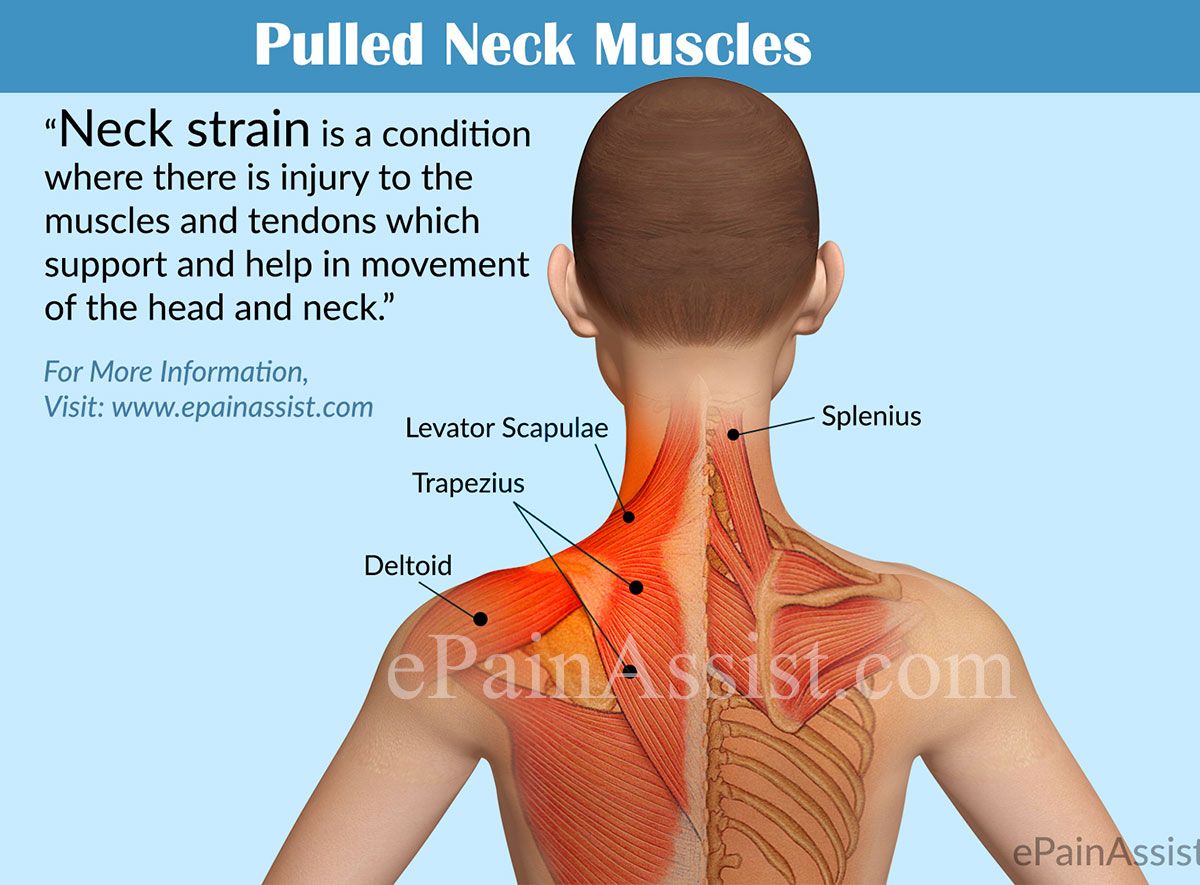
- Facial paralysis
- Ear pain
- Hearing loss
- Vertigo
Vision and Hearing Problems
Shingles near the neck can potentially spread to affect nearby sensory organs, leading to:
- Eye inflammation (if the rash spreads to the face)
- Temporary or permanent hearing loss
- Balance issues
Skin Infections
Open blisters are susceptible to bacterial infections, which can lead to:
- Cellulitis
- Impetigo
- Scarring
How can these complications be prevented? Early treatment with antiviral medications, proper wound care, and close monitoring by a healthcare provider are key to minimizing the risk of complications.
Prevention Strategies for Shingles
While not all cases of shingles can be prevented, there are strategies to reduce your risk. What are the most effective ways to prevent shingles, including on the back of the neck?
Vaccination
The most effective prevention method is vaccination. Two vaccines are available:
- Shingrix: Recommended for adults 50 and older, even if you’ve had shingles or received the older vaccine
- Zostavax: No longer available for use in the United States as of November 18, 2020
Shingrix is over 90% effective in preventing shingles and postherpetic neuralgia.
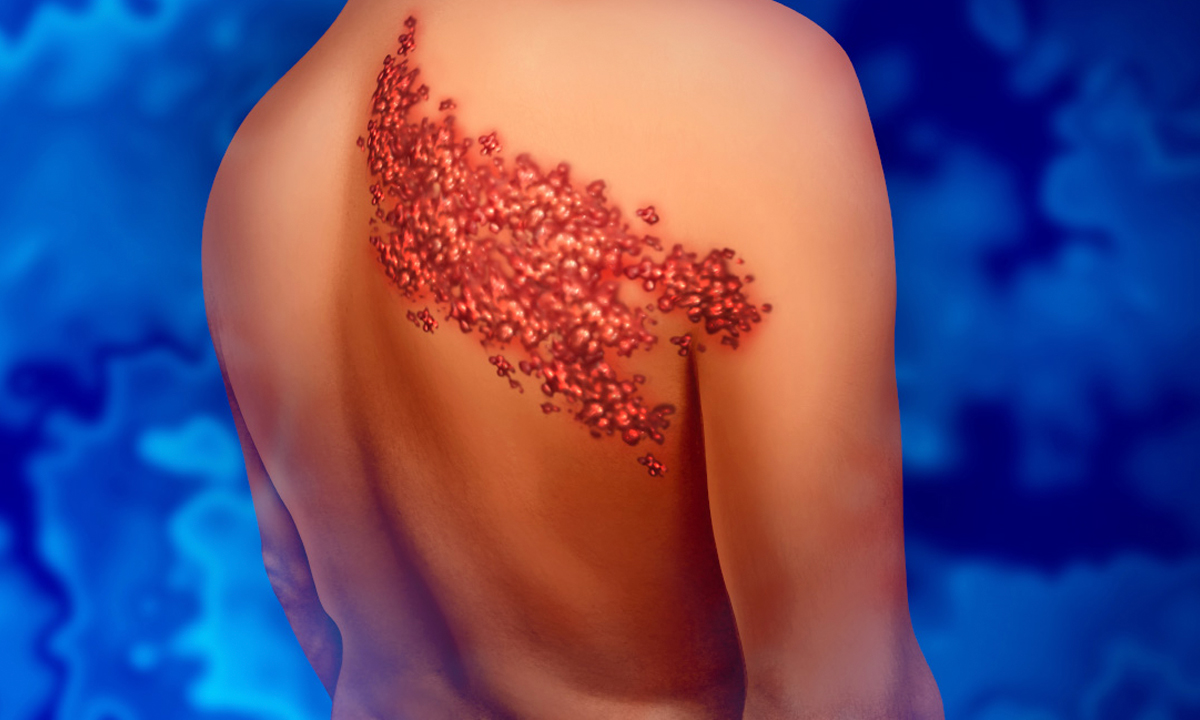
Lifestyle Factors
While not guaranteed to prevent shingles, maintaining overall health can help support your immune system:
- Managing stress through relaxation techniques or counseling
- Eating a balanced diet rich in fruits, vegetables, and whole grains
- Getting regular exercise
- Ensuring adequate sleep
- Avoiding excessive alcohol consumption
Immune System Support
For those with weakened immune systems, additional measures may be necessary:
- Adhering to prescribed treatments for underlying conditions
- Regular check-ups with healthcare providers
- Avoiding close contact with people who have active infections
Can you completely eliminate the risk of developing shingles? While these strategies significantly reduce the risk, it’s not possible to eliminate it entirely. However, combining vaccination with healthy lifestyle choices provides the best protection against shingles, including on the back of the neck.
Living with Shingles: Coping Strategies and Support
Dealing with shingles on the back of the neck can be challenging, both physically and emotionally. What strategies can help individuals cope with this condition?

Pain Management Techniques
Beyond medication, several techniques can help manage pain:
- Relaxation exercises: Deep breathing, meditation, or guided imagery
- Gentle stretching: To relieve muscle tension in the neck area
- Heat or cold therapy: Alternating as needed for comfort
- Distraction techniques: Engaging in enjoyable activities to shift focus from pain
Emotional Support
The emotional impact of shingles shouldn’t be underestimated. Consider:
- Joining support groups: Connecting with others who have experienced shingles
- Seeking counseling: Professional help to manage stress and anxiety
- Practicing self-care: Engaging in activities that promote mental well-being
Lifestyle Adjustments
Temporary changes may be necessary during recovery:
- Modifying work schedules or responsibilities
- Adapting sleeping positions for comfort
- Wearing loose, soft clothing to avoid irritating the rash
- Maintaining good hygiene to prevent secondary infections
Long-term Management
For those experiencing prolonged effects, such as postherpetic neuralgia:

- Working with pain specialists for ongoing management
- Exploring alternative therapies like acupuncture or biofeedback
- Regularly communicating with healthcare providers about symptom changes
How long should one expect to need these coping strategies? The duration varies greatly among individuals. While acute shingles typically resolves within a few weeks, some may need ongoing support for months or even years, especially if complications like postherpetic neuralgia develop.
Remember, shingles on the back of the neck, while challenging, is manageable with proper care and support. By understanding the condition, seeking prompt treatment, and employing effective coping strategies, individuals can navigate this experience and move towards recovery.
Shingles on Back of Neck: Symptoms and Getting Treatment
While shingles is most common on your torso, such as your chest and back, you may develop a shingles rash anywhere on your body, including the back of your neck.
Shingles, which results from the herpes zoster virus, is a condition that causes painful, burning rashes.
A healthcare professional should examine any unusual rash on the back of your neck. If you suspect shingles, prompt treatment is especially important to shorten the amount of time you have the condition and to help prevent complications.
Read on to learn more about shingles on the back of your neck, including the key symptoms and how a healthcare professional can treat it.
Shingles is known for causing a painful rash that tends to develop on one side of your body. It’s caused by the herpes zoster virus, which affects nerve cells. Damage to these nerves can lead to skin symptoms in the affected area.
While the torso is the most common place for shingles to develop, the rash may sometimes extend from your chest and back to your shoulders and neck.
Herpes zoster is related to varicella zoster, the virus that causes chickenpox. Chickenpox tends to cause rashes all over your body. Having chickenpox earlier in life increases your chance of developing shingles as an adult.
A shingles rash on the back of your neck can be difficult to identify by sight. If you can see your neck in a mirror, you may notice a stripe that is pink or red on lighter skin and purple or brown on darker skin.
In addition to the back of your neck, you might develop a rash on other areas on the same side of your body, such as your shoulder, cheek, or chest.
Shingles is also known for causing fluid-filled blisters along the rash. These eventually scab over and may temporarily scar.
One difference between shingles and other types of skin rashes is that it can cause significant pain and discomfort. Shingles can also be itchy. If you have this type of rash on the back of your neck, you might experience:
- pain in the affected area
- burning sensations
- tingling that may come and go
These symptoms may occur 1 to 2 days before the rash appears on the back of your neck.
Regardless of where you develop a shingles rash, it’s also common to experience flu-like symptoms when you have this type of viral infection. These can include:
- fever
- headache
- chills
- fatigue
- muscle aches
- upset stomach
The pain and burning sensations that accompany the rash set shingles apart from other types of skin rashes. Shingles also tends to occur on only one side of your body.
An inflamed, blistering, red-to-brown rash like the one common in shingles could also be a symptom of:
- cellulitis
- chickenpox
- drug reactions
- ecthyma, a type of skin infection that’s similar to impetigo but occurs deep inside your skin
- erysipelas
- folliculitis
- herpes simplex
- insect bites
- irritant contact dermatitis
- lichen striatus, a rare skin rash that occurs mainly in children, presenting as pink, raised spots that join together to make a scaly linear band
If you have a severe or painful rash on the back of your neck, consult a medical professional right away. They can determine whether it’s related to shingles or another condition.
They can determine whether it’s related to shingles or another condition.
In fact, it’s important to get medical help within 3 days of developing a shingles rash to help prevent complications such as postherpetic neuralgia. This complication leads to chronic nerve pain in the area of the shingles rash.
A prompt shingles diagnosis can help you get the right treatments to clear up the rash on the back of your neck and prevent complications.
Healthcare professionals treat shingles with oral antiviral medications such as:
- Acyclovir: 800 milligrams five times per day for 5 days
- Famciclovir: 500 milligrams three times per day for 7 days
- Valacyclovir: 1 gram three times per day for 5 days
These treatments help clear up your rashes and decrease symptoms such as pain and itching. They can also help decrease the amount of time you have a shingles rash and accompanying symptoms.
Severe inflammation from shingles may also be treated with corticosteroids such as prednisone.:max_bytes(150000):strip_icc()/right-sided-chest-pain-symptoms-and-possible-causes-4116859-5c77334ec9e77c00012f815f.png)
Antivirals do not treat acute pain from shingles. To help with this, a doctor may recommend taking over-the-counter pain medications such as ibuprofen (Aleve, Advil) or acetaminophen (Tylenol).
Topical treatments may help soothe a shingles rash on the back of your neck. A doctor may prescribe a topical pain cream or recommend an over-the-counter lidocaine ointment.
You can also try applying colloidal oatmeal or calamine lotion to the back of your neck throughout the day, as needed. Applying a cool, wet compress to the area may bring temporary relief as well.
Shingles commonly develops along your torso, including areas of your chest and back. It can also affect the back of your neck in some cases, causing an inflamed rash and severe pain, burning, and tingling.
If you think you might have a shingles rash on the back of your neck, seek medical help right away. The sooner you begin antiviral treatment, the less likely you are to experience long-term symptoms or complications.
Shingles – Symptoms & causes
Overview
Shingles is a viral infection that causes a painful rash. Shingles can occur anywhere on your body. It typically looks like a single stripe of blisters that wraps around the left side or the right side of your torso.
Shingles is caused by the varicella-zoster virus — the same virus that causes chickenpox. After you’ve had chickenpox, the virus stays in your body for the rest of your life. Years later, the virus may reactivate as shingles.
Shingles isn’t life-threatening. But it can be very painful. Vaccines can help lower the risk of shingles. Early treatment may shorten a shingles infection and lessen the chance of complications. The most common complication is postherpetic neuralgia. This is a painful condition that causes shingles pain for a long time after your blisters have cleared.
Products & Services
Symptoms
Shingles symptoms usually affect only a small section on one side of your body.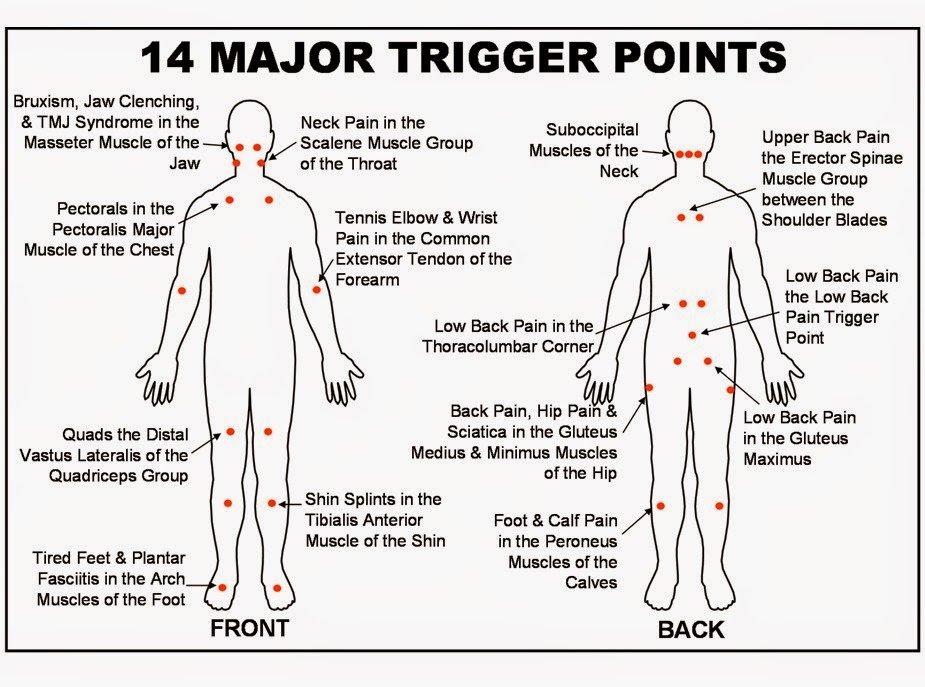 These symptoms may include:
These symptoms may include:
- Pain, burning or tingling
- Sensitivity to touch
- A red rash that begins a few days after the pain
- Fluid-filled blisters that break open and crust over
- Itching
Some people also experience:
- Fever
- Headache
- Sensitivity to light
- Fatigue
Pain is usually the first symptom of shingles. For some people, the pain can be intense. Depending on the location of the pain, it can sometimes be mistaken for problems with the heart, lungs or kidneys. Some people experience shingles pain without ever developing the rash.
Most commonly, the shingles rash develops as a stripe of blisters that wraps around either the left or right side of the torso. Sometimes the shingles rash occurs around one eye or on one side of the neck or face.
Shingles
Shingles is characterized by pain or a tingling sensation in a limited area on one side of the face or torso, followed by a red rash with small, fluid-filled blisters.
When to see a doctor
Contact your health care provider as soon as possible if you suspect shingles, especially in the following situations:
- The pain and rash occur near an eye. If left untreated, this infection may lead to permanent eye damage.
- You’re 50 or older. Age increases your risk of complications.
- You or someone in your family has a weakened immune system. This may be due to cancer, medications or chronic illness.
- The rash is widespread and painful.
Causes
Shingles is caused by the varicella-zoster virus — the same virus that causes chickenpox. Anyone who’s had chickenpox may develop shingles. After you recover from chickenpox, the virus enters your nervous system and stays inactive for years.
Sometimes the virus reactivates and travels along nerve pathways to your skin — producing shingles. But not everyone who’s had chickenpox will develop shingles.
The reason for shingles is unclear. It may be due to lowered immunity to infections as people get older. Shingles is more common in older adults and in people who have weakened immune systems.
Varicella-zoster is part of a group of viruses called herpes viruses. This is the same group that includes the viruses that cause cold sores and genital herpes. As a result, shingles is also known as herpes zoster. But the virus that causes chickenpox and shingles isn’t the same virus that causes cold sores or genital herpes, which is a sexually transmitted infection.
Shingles affects the nerves
The shingles rash is associated with an inflammation of nerves beneath the skin.
Are you contagious?
A person with shingles can pass the varicella-zoster virus to anyone who isn’t immune to chickenpox. This usually occurs through direct contact with the open sores of the shingles rash. Once infected, though, the person will develop chickenpox rather than shingles.
Chickenpox can be dangerous for some people. Until your shingles blisters scab over, you are contagious. Avoid physical contact with anyone who hasn’t yet had chickenpox or the chickenpox vaccine. That includes people with weakened immune systems, pregnant women and newborns.
Risk factors
Anyone who has ever had chickenpox can develop shingles. Most adults in the United States had chickenpox when they were children. That was before the availability of the routine childhood vaccination that now protects against chickenpox.
Factors that may increase your risk of developing shingles include:
- Age. The risk of developing shingles increases with age. Shingles typically occurs in people older than 50. And people over the age of 60 are more likely to experience more-severe complications.
- Some diseases. Diseases that weaken your immune system, such as HIV/AIDS and cancer, can increase your risk of shingles.
- Cancer treatments.
 Radiation or chemotherapy can lower your resistance to diseases and may trigger shingles.
Radiation or chemotherapy can lower your resistance to diseases and may trigger shingles. - Some medications. Drugs that prevent rejection of transplanted organs can increase your risk of shingles. Long-term use of steroids, such as prednisone, may also increase your risk of developing shingles.
Complications
Complications from shingles can include:
- Postherpetic neuralgia. For some people, shingles pain continues long after the blisters have cleared. This condition is known as postherpetic neuralgia. It occurs when damaged nerve fibers send confused and exaggerated messages of pain from your skin to your brain.
- Vision loss. Shingles in or around an eye (ophthalmic shingles) can cause painful eye infections that may result in vision loss.
- Neurological problems. Shingles may cause inflammation of the brain (encephalitis), facial paralysis, or problems with hearing or balance.

- Skin infections. If shingles blisters aren’t properly treated, bacterial skin infections may develop.
Prevention
A shingles vaccine may help prevent shingles. People who are eligible should get the Shingrix vaccine, which has been available in the United States since its approval by the Food and Drug Administration in 2017. The Zostavax vaccine is no longer available in the U.S., but other countries may still use it.
Shingrix is approved and recommended for people age 50 and older, whether they’ve had shingles or not. People who’ve had the Zostavax vaccine in the past or don’t know whether they’ve had chickenpox may also receive the Shingrix vaccine.
Shingrix is also recommended for people who are 19 years of age and older who have weakened immune systems due to disease or medication.
Shingrix is a nonliving vaccine made of a virus component. It’s given in two doses, with 2 to 6 months between doses. The most common side effects of the shingles vaccine are redness, pain and swelling at the injection site.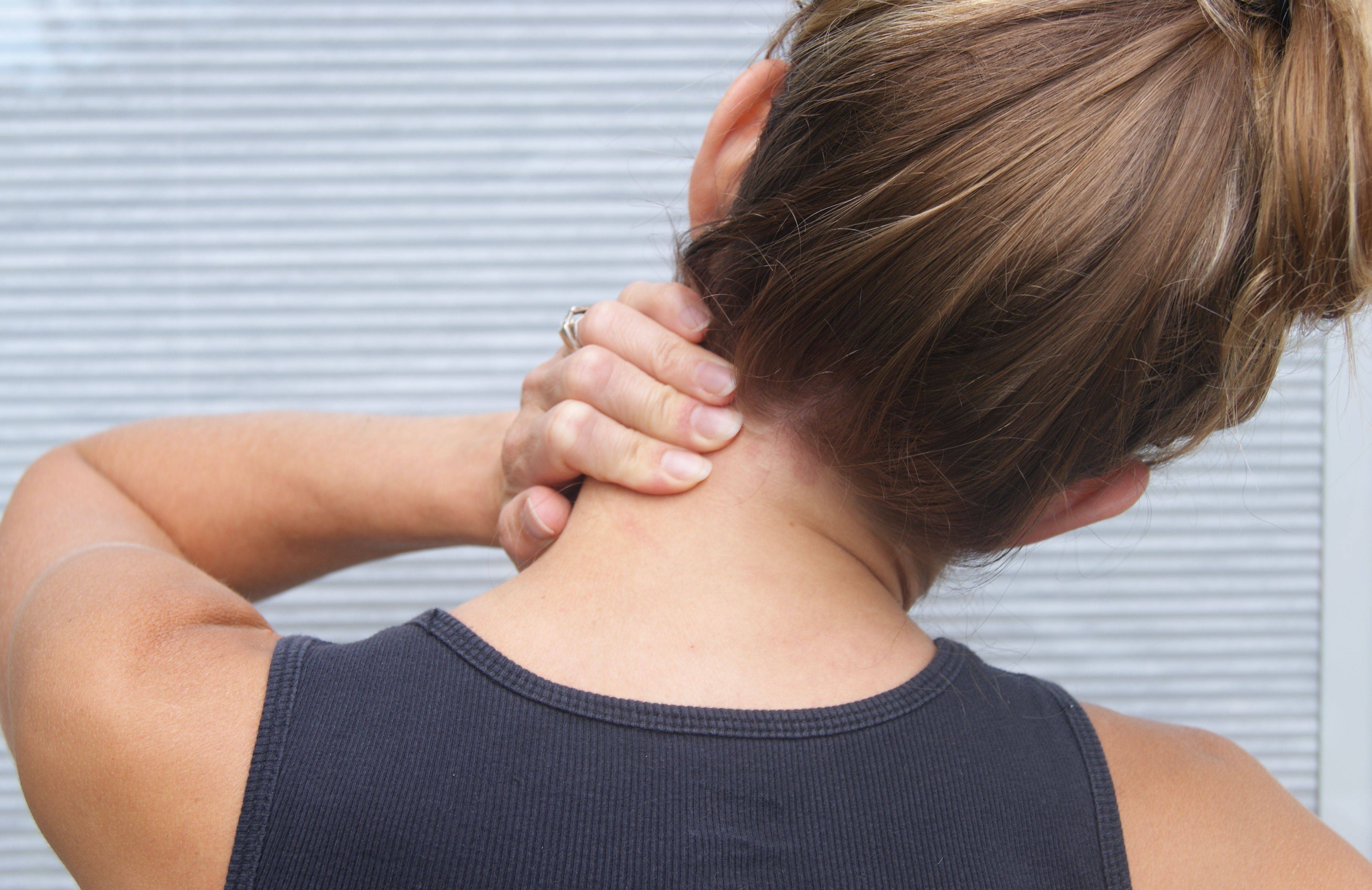 Some people also experience fatigue, headache and other side effects.
Some people also experience fatigue, headache and other side effects.
The shingles vaccine doesn’t guarantee that you won’t get shingles. But this vaccine will likely reduce the course and severity of the disease. And it will likely lower your risk of postherpetic neuralgia. Studies suggest that Shingrix offers protection against shingles for more than five years.
Talk to your health care provider about your vaccination options if you:
- Have had an allergic reaction to any component of the shingles vaccine
- Have a weakened immune system due to a condition or medication
- Have had a stem cell transplant
- Are pregnant or trying to become pregnant
The shingles vaccine is used only as a way to prevent shingles. It’s not intended to treat people who currently have the disease.
More Information
Postherpetic neuralgia – treatment, symptoms, causes, diagnosis
Postherpetic neuralgia is a condition that is accompanied by pain and usually follows an episode of herpes zoster. The term itself refers to the condition (pain after herpes).
The term itself refers to the condition (pain after herpes).
Shingles (herpes zoster) – the cause is the reactivation of the varicella-zoster virus, which is in the human body in a latent state and, for unknown reasons, is activated and causes an episode of herpes zoster (herpes zoster). The exact reasons for the activation of the virus are not yet known.
The reactivated virus spreads along the course of the nerves, causing pain and rashes or small blisters on the skin. Typically, the shingles rash and pain usually occur on one side of the torso or head. Most often, rashes occur in the chest area. The disease usually proceeds within a few weeks and passes without a trace. But sometimes the virus damages the nerve fibers, which is manifested by pain and other manifestations after the disappearance of the rash. This is postherpetic neuralgia0003
Symptoms of postherpetic neuralgia vary (depending on the individual characteristics of a particular person) and may include severe pain, numbness, tingling, paresthesia in the area that has undergone a viral infection. Postherpetic neuralgia can negatively affect both daily life and work capacity. But, at present, there are quite effective ways to treat this condition (physiotherapy, drug treatment).
Postherpetic neuralgia can negatively affect both daily life and work capacity. But, at present, there are quite effective ways to treat this condition (physiotherapy, drug treatment).
Risk factors
Only those who have had chickenpox can get shingles. But there are certain groups that are more prone to postherpetic neuralgia:
- Age – the chance of postherpetic neuralgia is higher in the older age group. (30% of herpes zoster survivors over 60 develop postherpetic neuralgia in the future) and only 10% in the younger group develop postherpetic neuralgia.
- Localization of the rash – the symptoms of neuralgia are more pronounced if the rash was in the forehead or eyes.
- Comorbidity – The presence of a suppressed immune system, (after chemotherapy or immunosuppressive drugs) or diseases such as AIDS.
Early treatment of herpes zoster is important. Treatment started within 2 to 3 days of the onset of the rash may help reduce symptoms and avoid the risk of postherpetic neuralgia.
Causes
Postherpetic neuralgia has a specific pathogenesis. In their structure, nerves are similar to electrical wires that run throughout the body and conduct impulses from the central nervous system and back, with information about the state of organs and tissues. Sensory nerves transmit pain, temperature, tactile sensations.
Postherpetic neuralgia occurs when the herpes zoster virus damages sensory nerves. Damaged nerves begin to function poorly and send pain impulses to the central nervous system. This leads to chronic pain or sensory disturbances in certain areas of the body.
Symptoms
Symptoms of postherpetic neuralgia are usually found only in the area of the body affected by herpes zoster and include:
- Pain (may be sharp, cutting, throbbing, burning),
- Numbness, tingling, itching
- Headaches if shingles is localized on the head or face
- Rarely, muscle weakness or paralysis if the nerve supplying a particular muscle is damaged.

Patients sometimes have allodynia. Allodynia is a reaction out of proportion to the stimulus (that is, the patient reacts to minor stimuli such as a slight change in temperature or touching clothes with severe pain).
Diagnosis
If pain occurs after an episode of rash or sensory disturbance, you should consult a doctor. Diagnosis is based on medical history, physical examination and laboratory tests (needed to rule out other diseases). Instrumental diagnostic methods (CT, MRI, EMG, ultrasound) are prescribed only if there is a need for differential diagnosis.
Prognosis
Physical therapy, physiotherapy and drug treatment in most cases help to reduce symptoms and restore quality of life. Especially if the treatment is carried out in a timely manner.
Treatment
Medication:
- Analgesics such as acetaminophen (Tylenol, Panadol, Tempra) and non-steroidal anti-inflammatory drugs (NSAIDs) such as aspirin, ibuprofen, naproxen and Celebrex.

- Opioids – A physician may prescribe opioid analgesics for severe pain that is not relieved by conventional analgesics, but these drugs should be used with caution because of the risk of serious side effects. For example: this group includes tramadol or oxycodone. Some research suggests that oxycodone may also help reduce allodynia.
- antidepressants – These drugs are effective in the presence of derpression. In addition, they improve sleep (for example, amitriptyline, simbalta, etc.).
- Anticonvulsants – Preparations of this group are intended mainly for the prevention of convulsive conditions. But sometimes they are quite effective in postherpetic neuralgia (Neurontin, Lyrica, Topamax, Carbamazepine).
- Blockades – Injections of a corticosteroid into the paravertebral points sometimes result in a significant reduction in pain.
- Local anesthetics – ointments, gels containing analgesics or anesthetics (lidocaine). Helps temporarily relieve symptoms.

Prevention
Certain antiviral drugs can help prevent or reduce the effects of shingles, thus reducing the risk of post-herpetic neuralgia:
- Varicella vaccine – the varicella-zoster virus vaccine (Varivax) is now a common childhood vaccination, but also may be recommended for older children and adults who have never had chickenpox. This vaccine does not guarantee that a person will not get chickenpox or shingles, but may reduce the duration and severity of symptoms and the risk of complications such as post-herpetic neuralgia.
- Shingles vaccine – (Zostavax) may be given to people over 60 years of age (who have had chickenpox but not shingles). Zostavax is not recommended for use in certain groups of people (eg, those undergoing cancer treatment or who are immunocompromised).
- Antiviral drugs – Antiviral drugs such as acyclovir, valocyclovir, famciclovir, when taken within the first 72 hours of a zoster rash, may help reduce the duration of zoster and reduce the chance of developing postherpetic neuralgia.

Physiotherapy helps reduce pain and inflammation. Various methods are used (including transcutaneous electrical stimulation).
Exercise therapy helps to restore the elasticity of ligaments and muscles. Exercises can be carried out both on simulators and in the form of gymnastics.
Acupuncture. This method is quite effective for restoring conductivity and reducing pain.
Treatment of herpes zoster (herpes zoster) in Samara in the private clinic “Vocation”
Shingles is a serious infectious disease caused by the herpes virus. Inflammations differ in the volume of the rash, the depth of damage and the severity of the course. According to the severity, mild, moderate and severe herpes zoster are distinguished. The entire cycle of the disease is usually 2-3 weeks. The probability of getting sick during life is 10-20%. The main risk factor for the appearance of herpes zoster is a decrease in immunity (most patients are over 55 years old), malignant neoplasms, chemotherapy, radiation therapy, HIV infection.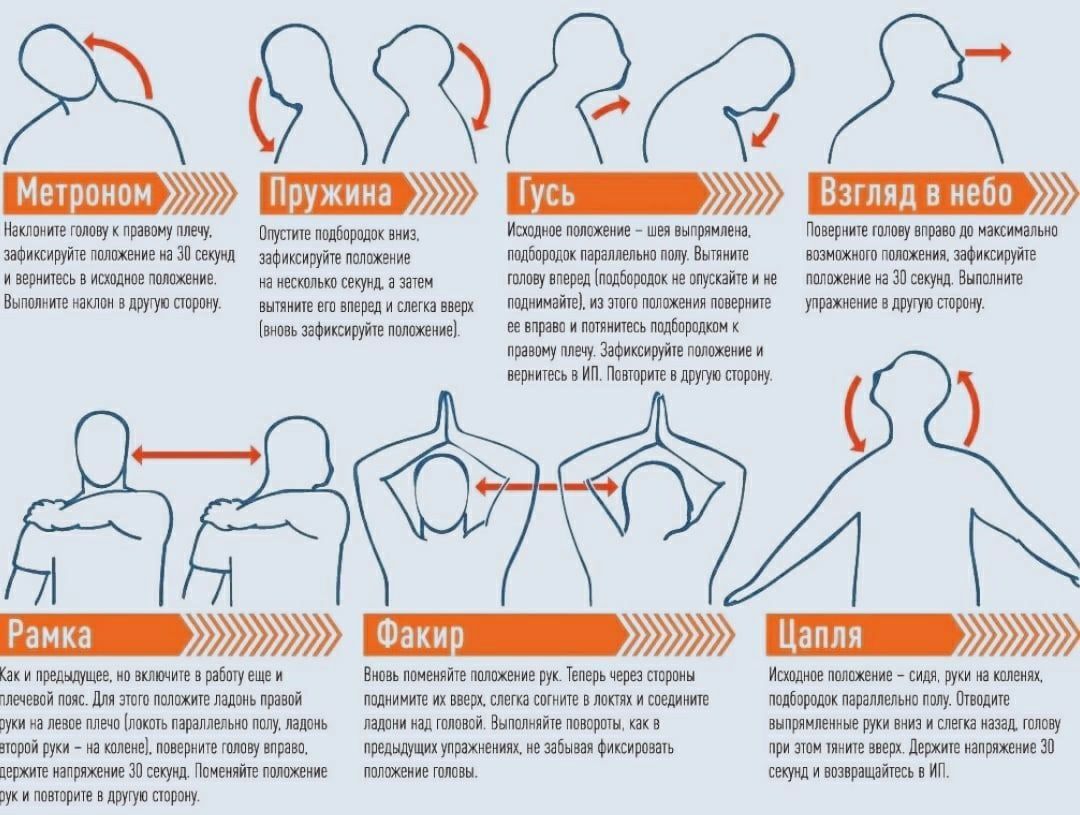
Varieties of herpes zoster: without complications, with encephalitis, with meningitis, with eye complications, with pneumonia, with other complications.
Main symptoms of shingles:
Causes of shingles
You can get infected with herpes zoster by airborne droplets (droplets of saliva when sneezing, kissing, etc.), contact, due to blood transfusion. Perhaps intrauterine infection and infection during childbirth, during lactation. Also, the appearance of herpes zoster may be due to a weakened immune system in people who had chicken pox (chickenpox) in childhood, since the diseases are caused by the same virus that persists in the body for life.
Diagnosis of herpes zoster (herpes zoster)
The following methods are used to diagnose shingles:
External examination by a dermatologist
An initial assessment of the patient’s condition is made, the severity of the disease is identified.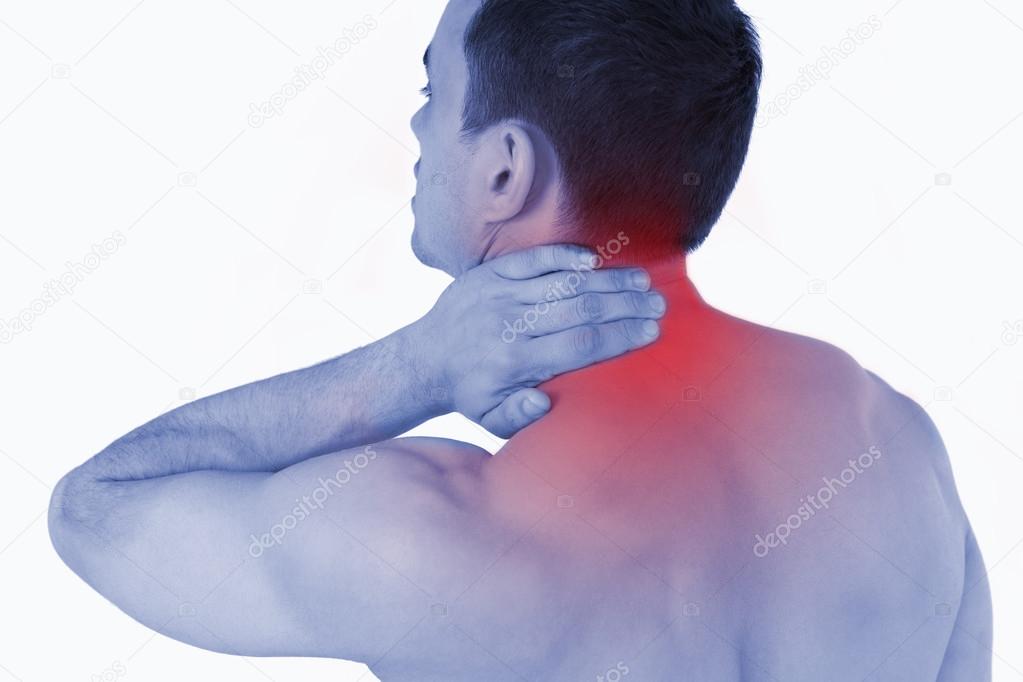
Medical history (examination of the history and possible cause of the disease)
A dermatologist at the Vocation Clinic will carefully study the patient’s medical history and help identify the causes that led to its occurrence. Treatment of herpes zoster is closely related to the identification of factors that reduce the patient’s immunity, so the diagnosis of the disease may require consultation and examination of other doctors (neurologist, gastroenterologist, immunologist, and others).
Herpes zoster treatment
Treatment in the clinic “Vocation” is carried out with the use of antiviral drugs, immunostimulation and immunomodulation under the supervision of the attending dermatologist. Additional studies may also be carried out: ECG, Zanka test.
Complications of shingles (herpes)
In patients with normal immunity, the rash disappears after 2-3 weeks. Complications that are local and general are possible.

 Radiation or chemotherapy can lower your resistance to diseases and may trigger shingles.
Radiation or chemotherapy can lower your resistance to diseases and may trigger shingles.

